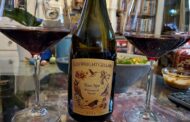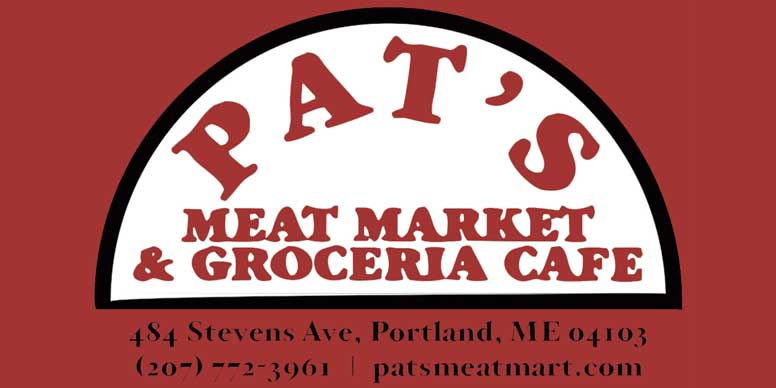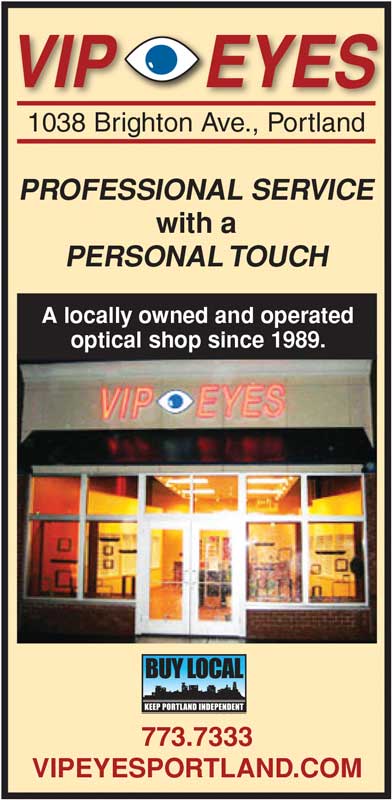Layne’s Wine Gig Presents
BEST CHEAP WINES
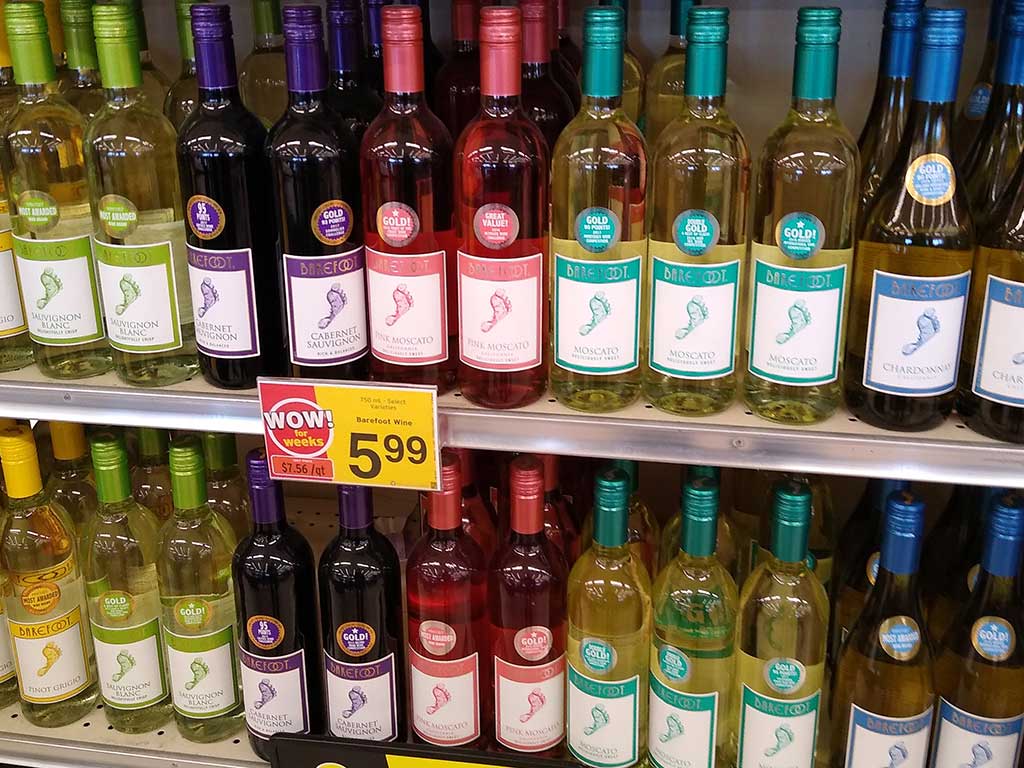
By Layne V. Witherell
This month we will take a long-deserved break from the pricey stuff and dive into the deep end with the best cheap wines.
My self-imposed criteria are under ten bucks a bottle and on your local grocer’s shelf. Unfortunately, this eliminates Kendall Jackson Chardonnay, the myriad of Apothic flavors, Josh (poor Josh), as well as Butter – all over ten bucks and best sellers.
In this era of grape and wine overabundance there is an ocean of good reliable wines out there. Unless it has been improperly stored or has a faulty cork, almost every bottle of wine made today is technically sound. Is there a correlation between quality and price? That is always a good test to try if you don’t look at the label. Our imagination can be a funny thing.
There are two basic categories of wines on every store shelf:
THE NATIONAL BRAND: GALLO FAMILY VINEYARDS
Front and center, displays and all. Few exemplify a national brand more than Barefoot Wines, $5.99 bottle. A dinky little tasting room wine created in the 1960’s in Berkeley, California, beloved by local college students, was purchased from Davis Bynum, the founder in the 80’s, by Gallo, who turned it into a juggernaut. (Full disclosure: of the numerous gigs that I have had in the biz over 50 years, one was Project Development Manager for a large Gallo distributor in Virginia. I have seen them up close and personal.) Many Gallo wines have “Modesto” on the back label to identify them. They are the world’s largest producer.
Barefoot is a classic grocery store vision. It has mom-wine written all over it starting with the adorable little foot label. The winery promotes everything from the NFL (the ultimate family viewing experience) to Pride parades (not to miss a demographic). Barefoot runs the gamut from Cabernet Sauvignon to Red Moscato, Pinot Grigio to Fruitscato. They do it all. No one does marketing and sales better than Gallo.
There are many faces of Gallo.
In the age of wine businesses being devoured by hedge fund buyouts, they are still family owned. Family, family, family. A miracle. Their wines range in the cheap world from Arbor Mist, Carlo Rossi, Ecco Domani, Liberty Creek, Madria Sangria, Paul Masson, Peter Vella, Rex Goliath, Ravenswood, Taylor Country Cellars, Wild Irish Rose, and Andre Champagne… and that’s just the cheap stuff. All of these are technically well made and under ten bucks.
Another face in the Gallo story is the one that appears in Mike Veseth’s classic book “Wine Wars,” namely the unrelenting way in which they attack the wine section of our grocery stores, dominating every shelf from top to bottom. Any graduate of their “school” who has devoured their over 300-page sales manual knows what it is like to be the equivalent of a voracious trooper in the world of wine sales. This is the D-Day invasion of the brands. These are just the cheap ones that can dominate the shelves.
BUYERS OWN BRAND: A.K.A. THE PRIVATE LABEL
The exact opposite reaction from the world of the national brands, now the store has control and can lead the customer instead of being led. They are popping up everywhere from Whole Foods to Hannaford to Walmart and Target. Of course, the two best-known exemplars are Cosco and Trader Joe’s, and soon, along comes Aldi. They are awash in their own brands.
Here’s how it works: the store forms a relationship with a producer that they trust in the business to bottle wine under their own label. (Full disclosure: I recently retired as the local Trader Joe’s “Wine Guy” who recommended wine in the store to customers and in prior decades was an exporter and creator of private label wines for the Fred Meyer Stores in the Western United States. Been there, have done all that.) The distributor “clears” the cases at a low margin and the winery works on a low margin. Sometimes the stores do as well. The game is all based on volume in order to offer a fabulous deal for the money.
The plus side is your negotiating power. The brands you have created are all yours. No consumer price shopping on their little dinky phones, and it is your story. Make one up if you wish.
There are two types of private labels: relationships and shiners. Relationships can be lifelong commitments. Shiners are unlabeled bottles – wines located in a winery that are looking for a date maybe even ending up in a relationship.
MY HOUSE WINE
MAISON BARBOULOT CABERNET-SYRAH, Pays D’Oc, France, $6.49. Pays D’Oc is the region, unfortunately buried in tiny print hidden on the back label – all 750,000 acres of it! Also buried on the back label is the maker LGI wines. I love the fact that they call their private labels “concept wines.” Ah, the French. Damn good everyday wine, mellow and delicious for the money. This is a relationship wine. In the private label world shiners – unlabeled wines hoping for a buyer – are usually one and done, here and gone, can be great or dull.
GOOD EVERYDAY WINES
LA FERME JULIEN ROSE, Vin de France, $6.99. You gotta have a decent rose with a screw cap in the fridge just in case of a wine emergency. Love the little goat.
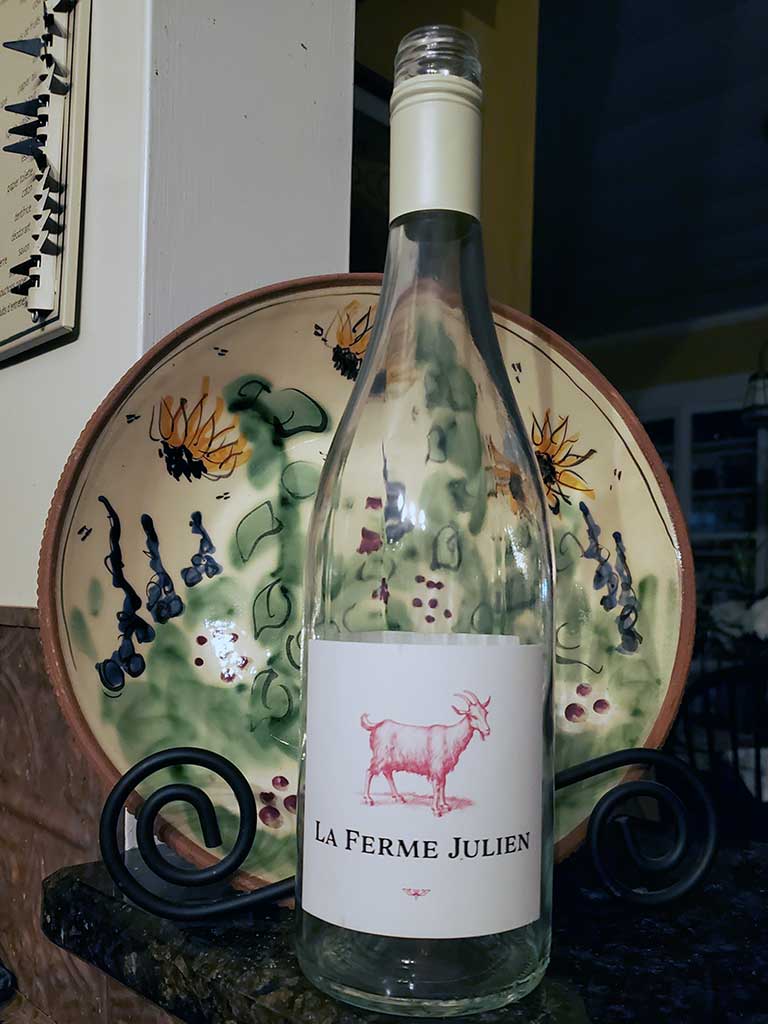
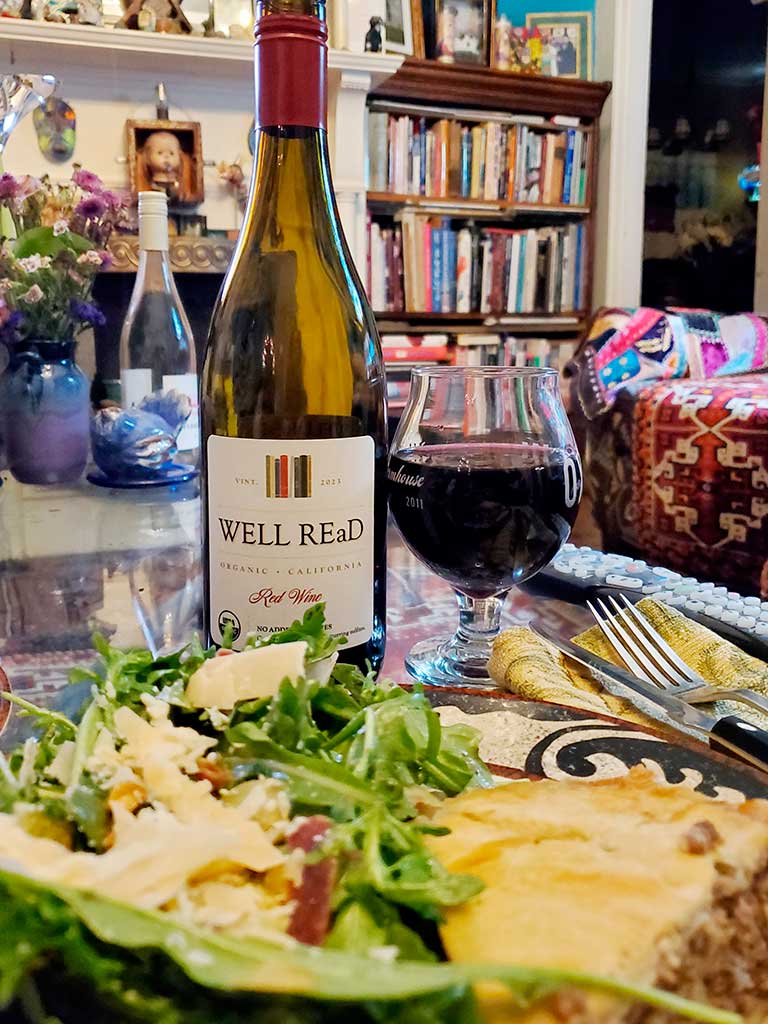
WELL RED, RED WINE, CALIFORNIA, $6.99. Organic. No added sulfites or preservatives. For when those people come over and this is their jam. A pleasant little red to have with Judy’s famous Tourtiere pie.
WORK OF GENIUS: THE WINE THAT YOU CAN’T FIND
So, you think that cheap private label wines only appear on grocery store shelves or on displays. Think again. I was there when Gallo was limited to the grocery store. Restaurants did not want to carry wines when it was possible to research and discover their 3x wholesale markup. Then this Gallo management guy comes up with the idea of a new wine – a Gallo wine that can only appear in restaurants.
COPPER RIDGE, CALIFORNIA, MODESTO, (Chardonnay, Cabernet, Merlot, etc.). $4.75 wholesale bottle (750 ml) and $7.50 bottle (magnum). Per all Gallo products it is both well-made and comes with a distributor sales instruction manual. The photo is the valise handed to every sales rep and manager at the giant distributor where I worked (in the 90’s) when we introduced Copper Ridge. It contained your step-by-step implementation program. This was the brilliantly thought plan of action, together with the proviso that this wine simply can’t be found at retail – period. The valise is a wine cultural artifact that has been waiting for this story.
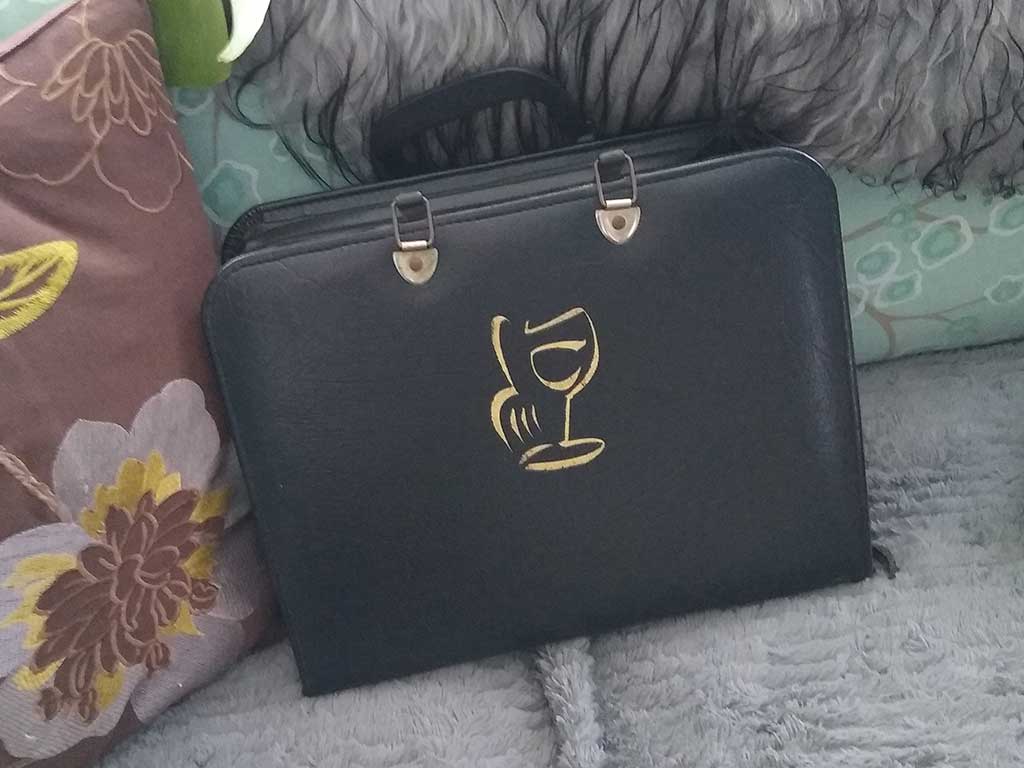
If you do the math on restaurant wines by the glass and by the bottle, usually starting at $12.00 and up by the glass and $35.00 and up by the bottle, you will see what a smashing success this was, and why they made the guy a vice president.
The best thing about today’s wines is that even reasonably priced ones rarely equate to lousy and may not only be worth the money but also provide a great everyday dining experience and enjoyment at an affordable price. There are an abundance of countries and winemakers at work to make this possible. All we need to do is sit back and relax with our glasses.

